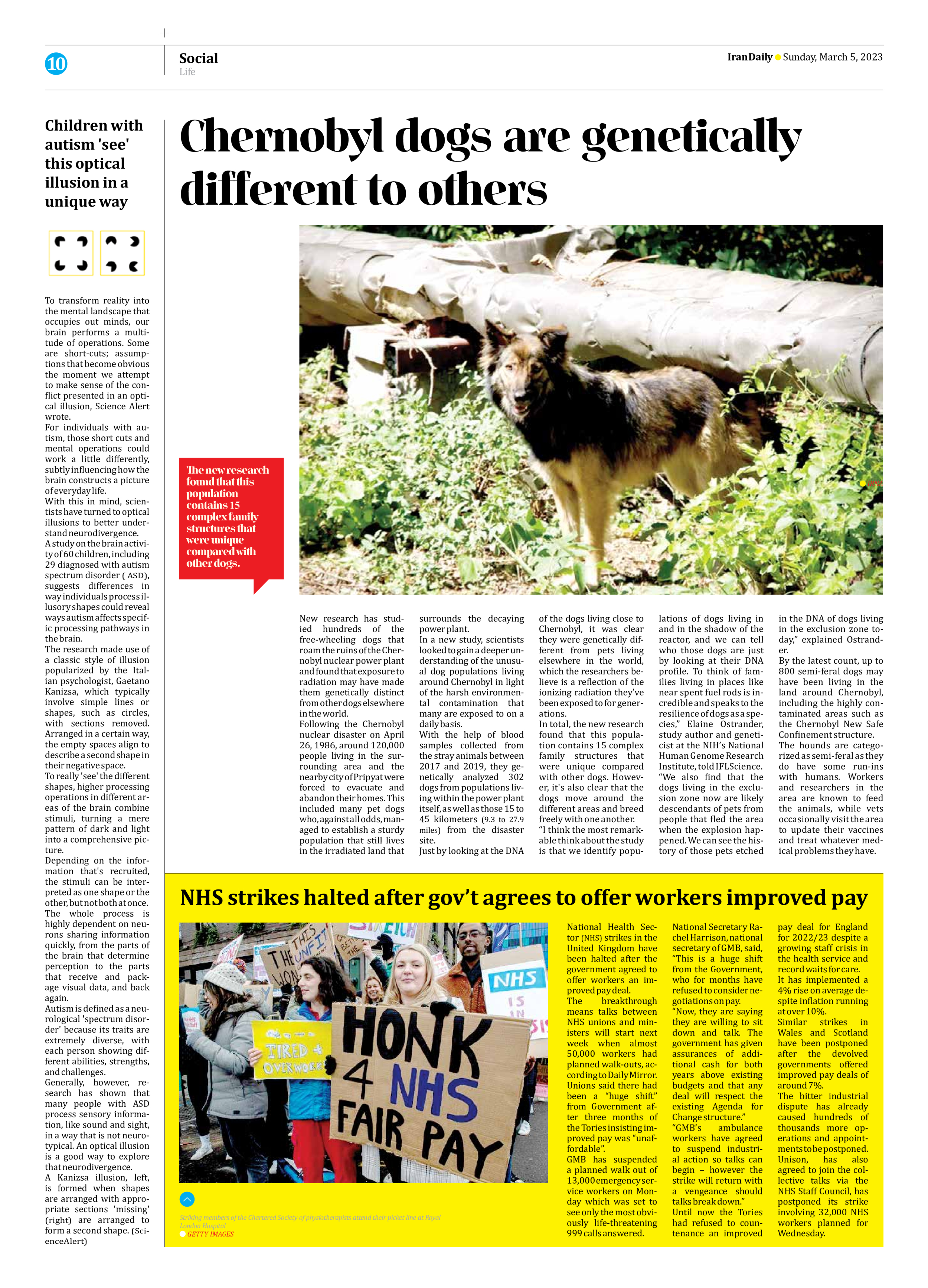
Chernobyl dogs are genetically different to others
New research has studied hundreds of the free-wheeling dogs that roam the ruins of the Chernobyl nuclear power plant and found that exposure to radiation may have made them genetically distinct from other dogs elsewhere in the world.
Following the Chernobyl nuclear disaster on April 26, 1986, around 120,000 people living in the surrounding area and the nearby city of Pripyat were forced to evacuate and abandon their homes. This included many pet dogs who, against all odds, managed to establish a sturdy population that still lives in the irradiated land that surrounds the decaying power plant.
In a new study, scientists looked to gain a deeper understanding of the unusual dog populations living around Chernobyl in light of the harsh environmental contamination that many are exposed to on a daily basis.
With the help of blood samples collected from the stray animals between 2017 and 2019, they genetically analyzed 302 dogs from populations living within the power plant itself, as well as those 15 to 45 kilometers (9.3 to 27.9 miles) from the disaster site.
Just by looking at the DNA of the dogs living close to Chernobyl, it was clear they were genetically different from pets living elsewhere in the world, which the researchers believe is a reflection of the ionizing radiation they’ve been exposed to for generations.
In total, the new research found that this population contains 15 complex family structures that were unique compared with other dogs. However, it's also clear that the dogs move around the different areas and breed freely with one another.
“I think the most remarkable think about the study is that we identify populations of dogs living in and in the shadow of the reactor, and we can tell who those dogs are just by looking at their DNA profile. To think of families living in places like near spent fuel rods is incredible and speaks to the resilience of dogs as a species,” Elaine Ostrander, study author and geneticist at the NIH’s National Human Genome Research Institute, told IFLScience.
“We also find that the dogs living in the exclusion zone now are likely descendants of pets from people that fled the area when the explosion happened. We can see the history of those pets etched in the DNA of dogs living in the exclusion zone today,” explained Ostrander.
By the latest count, up to 800 semi-feral dogs may have been living in the land around Chernobyl, including the highly contaminated areas such as the Chernobyl New Safe Confinement structure.
The hounds are categorized as semi-feral as they do have some run-ins with humans. Workers and researchers in the area are known to feed the animals, while vets occasionally visit the area to update their vaccines and treat whatever medical problems they have.







